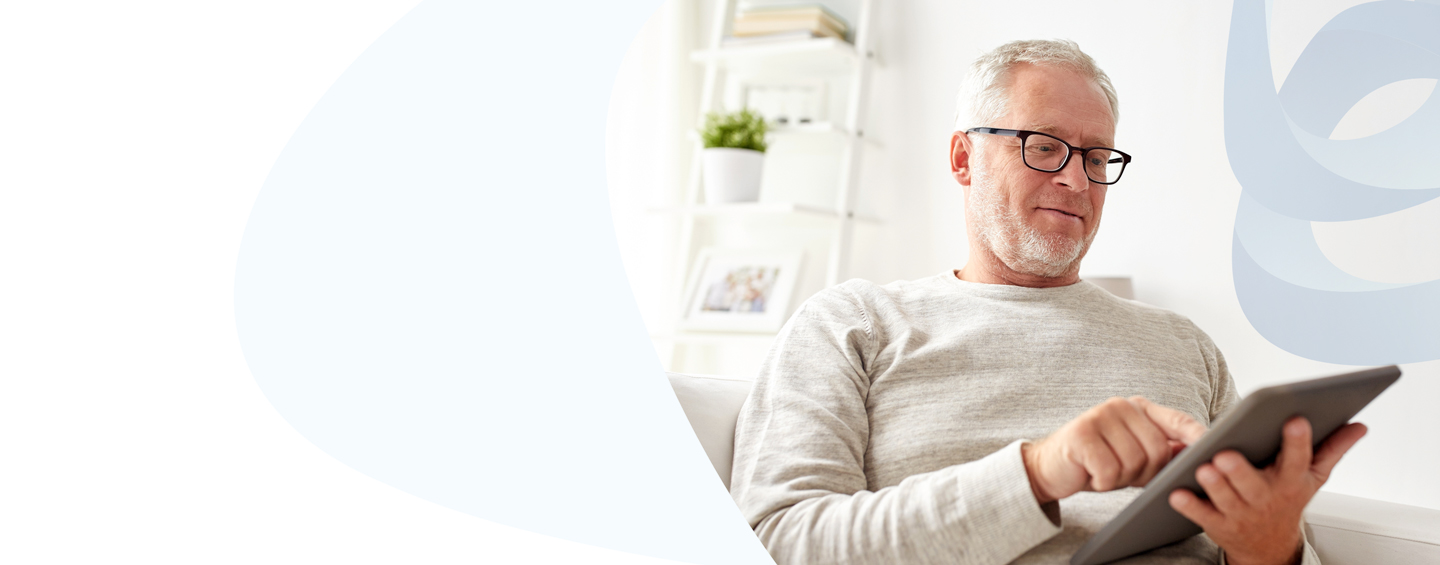Kyra Flow
Kyra Flow can help improve patient flow in your hospital, optimise patient movement in your outpatient clinics and enhance overall clinical care.
View product
The emerging technology-driven, patient-centred care model is transforming the current healthcare landscape. It’s empowering clinicians to provide care that is more tailored to the unique needs of the individual and their particular condition, and in turn potentially helping to improve the patient’s experience. Let’s take a look at how different patient groups could benefit from digital healthcare capabilities:
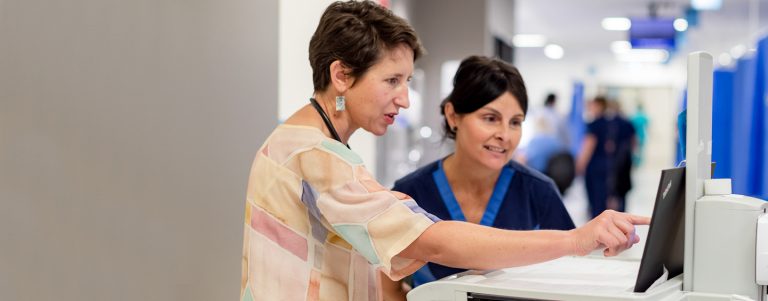
Patients with acute conditions require regular monitoring to assess the effects of treatment, detect any complications and identify early signs of deterioration. In a traditional inpatient setting, nurses record clinical observations at admission, at the beginning of each shift and at an ongoing frequency based on the patient’s clinical status. Remote patient monitoring technology combines tele-monitoring, telecare and remote consultation functionality. It can provide a more complete picture of a patient’s health status through close to real-time data collection and automated triage of risk based on tailored alerts for the individual.
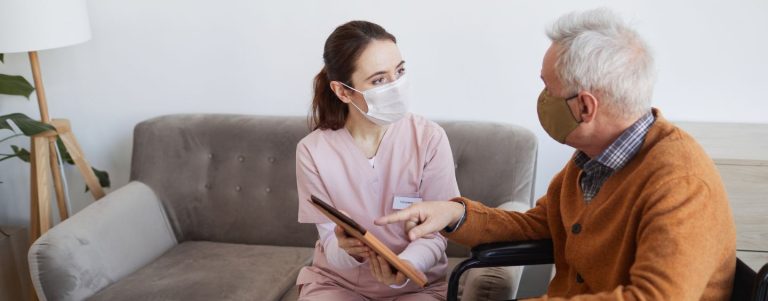
Terminally ill patients in the last months of their lives can face many debilitating symptoms that often result in potentially avoidable emergency department presentations and hospital admissions. Remote patient monitoring could help improve the overall quality of life in patients receiving home based palliative care, as collecting real-time data on their current health status may help to trigger timely intervention if they are experiencing a decline in their condition.

A recent review estimated that 2–3% of Australians (about 730,000 people based on the estimated 2016 population) have a severe mental disorder, data was analysed by diagnosis, intensity and duration of symptoms, and degree of disability caused.² People with severe mental illness may require care from a variety of clinicians – potentially creating a complex care arrangement that may make timely access to and coordination of care services difficult.
Implementation of a consolidated care plan, shared by all care providers, that monitors and manages the biopsychosocial needs of an individual facilitated by technology may help improve patient outcomes. For example, remote monitoring of health and mood levels may help the patient to learn more about their triggers and changes in their condition. Secure videoconferencing can facilitate assurance that patients are taking their prescribed medications.
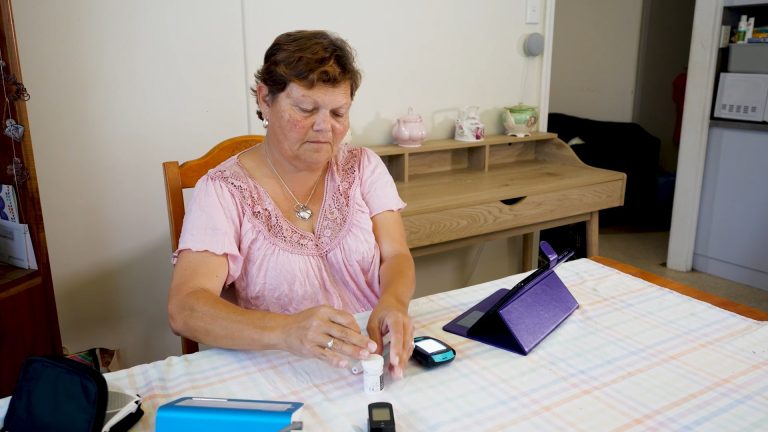
An estimated 40% of Australian adults have three or more chronic conditions, with a much higher prevalence in older populations.³ Managing multiple conditions is complex and could result in poor treatment outcomes, longer hospital stays, increased healthcare costs and increased risk of readmission.
Factoring the capabilities of remote patient monitoring technology into chronic disease management planning can help improve self-management. For example, real-time data collection via the patient’s mobile device can be supported by tailored alerts prescribed by a Clinician, which may assist the individual to better manage their condition.
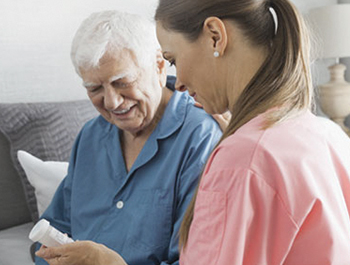
Dialysis is the most common reason for hospitalisation in Australia.⁴ While home administration of dialysis offers flexibility for the patient, some patients fear being alone and dialysing independently, as they can feel abandoned by their clinical care team.
Remote monitoring technology can provide the patient’s clinical team with biometric and dialysis session data, and video conferencing can help patient to maintain their independence while allowing clinicians to perform certain procedures, such as remote fistula function inspections and reviewing self-cannulation techniques rehabilitation andtransition care.
Almost half of older Australians living in the community are frail (6%) or pre-frail (38%), rendering them ‘very vulnerable’ to adverse health outcomes.⁵ Traditional rehabilitation can require a clinician visit at hospitals and clinic as well as treatments within the patient’s home. Personalised virtual therapy sessions (facilitated by video conferencing technology) for rehabilitation and transition care may enhance patient recovery as their therapy can be custom-designed to the individual and data is gathered from each session to assist with measuring success. Remote monitoring functionality may also provide healthcare professionals with the ability to prescribe targeted alerts so they can intervene as needed in a timelier manner to ensure recovery goals are not compromised.
Sources:
2http://www.health.gov.au/internet/publications/publishing.nsf/Content/mental-pubs-n-report13-toc
